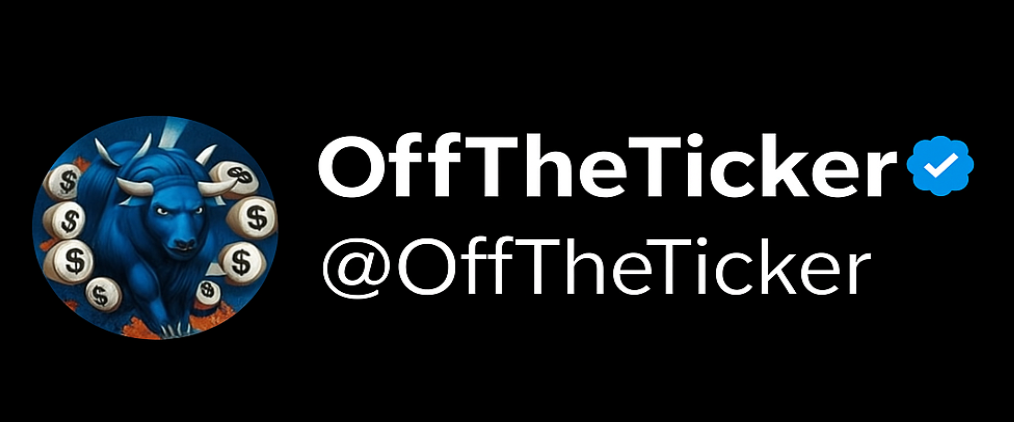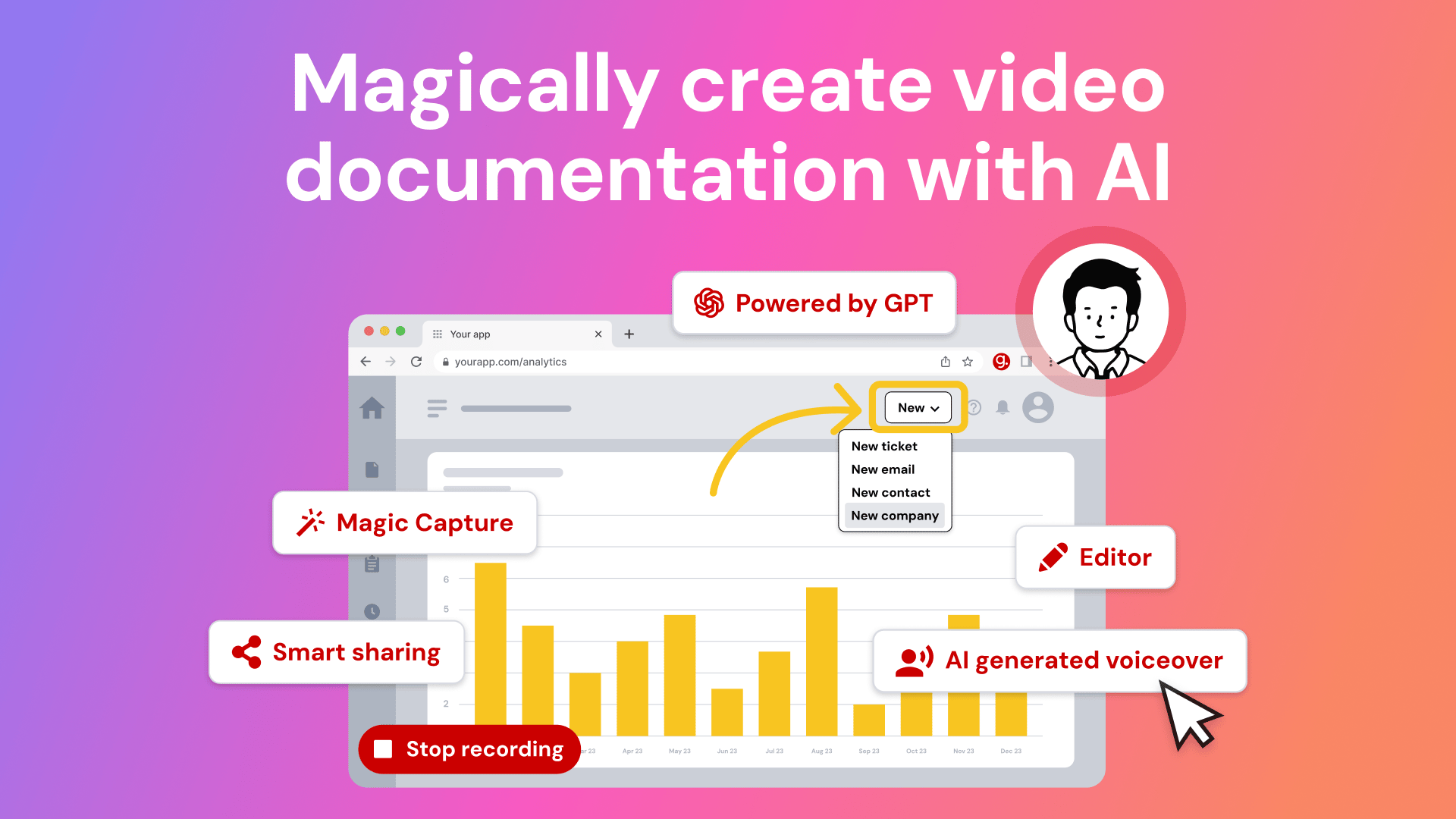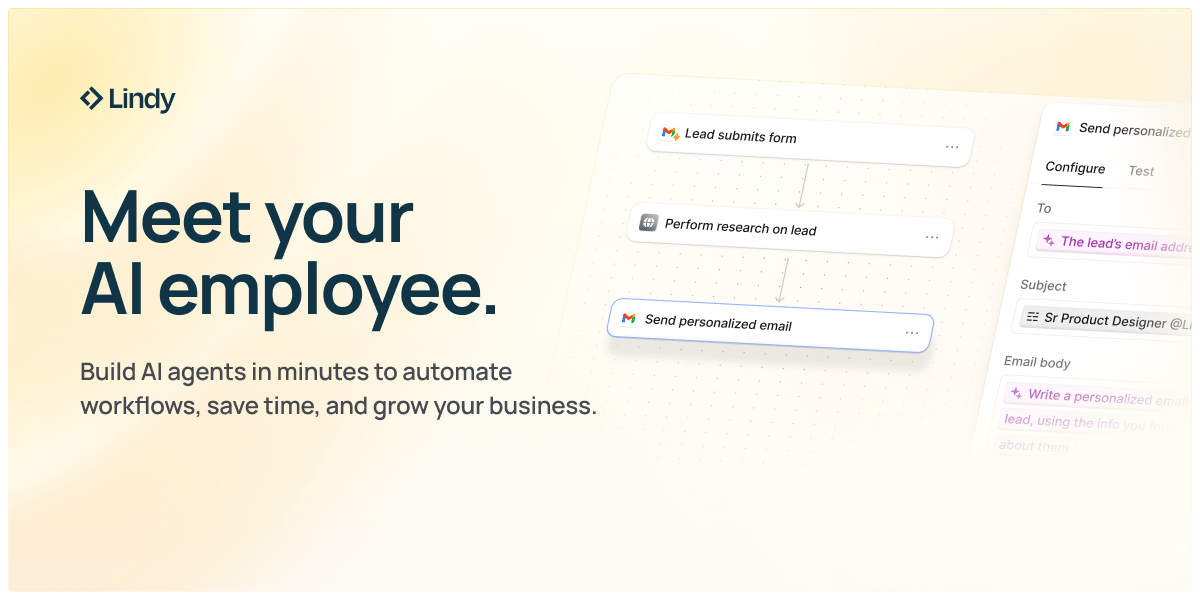- OffTheTicker
- Posts
- Blossom Energy, a possible Ai Energy provider
Blossom Energy, a possible Ai Energy provider
Is Fuel Cell Power Generation the Future?
Welcome to our new subscribers! We’re excited to have you with us as we continue our journey to educate and highlight some of our favorite stock picks. This week, we're focusing on a stock that has been pumping, up over 373% YTD, but we believe there is still a ton of room to grow. As all of our subscribers know, we don’t take posting our weekly stock picks lightly, and we have focused on one or two stock from each industry, with Nebius in the AI trade, Rigetti in the quantum computing trade, Vistra in the nuclear energy trade, Dutch Bros in the consumer market, Lemonade in insurance, Robinhood in the brokerage trade, and SOFI in the banking trade. We do this because we believe that each sector will see one or two big winners in the near future, and we are trying to pinpoint what those stocks will be. For this week’s stock, Bloom Energy, we are broadening out array of companies that we want to invest in so that we could diversify our portfolio into the fuel cell-based power generation. We have recently seen a 27% drop over the last week, and we think there could be a bounce sometime soon. As we say in all of our newsletters, this is not financial advice and this is just factual information mixed with how we are planning on investing.
Before we get started, we also wanted to invite all of our readers who are not already on Blossom, the investing social investing app, to give it a try. It will help you stay up to date on all things investing, as well as give us a follow!
What is Fuel Cell-Based Power Generation?
As you may know, we are accountants, not molecular scientists, so please bear with us as we try to explain to the best of our ability what this power generation is and why it is important in the AI trade. Fuel-cell–based power generation typically combines hydrogen and oxygen to produce electricity without combustion, and instead of burning fuel, a fuel cell converts chemical energy directly into electrical energy, producing only heat and water as byproducts. This makes it a highly efficient and low emission power source. In the AI world, power availability is becoming one of the biggest bottlenecks to scaling, which is why investors like us have been so focused on finding alternative power sources to help open up this bottle neck. In a recent newsletter we explained that a big worry that investors have is energy, and a company incorporating this type of energy system in their data centers could be super effective. As we have explained in our newsletters on Vistra and Nebius alike, a big issue is that modern data centers running large AI models require massive, uninterrupted electricity, and far more than traditional grids can reliably supply. Many citizens have been complaining about the cost of energy in their homes going up, and this is a partial reason for this. Fuel cells offer a decentralized, high-reliability power solution that allows data centers to operate independently from strained utility infrastructure, while also providing cleaner energy at scale.
Fuel cells offer several advantages that make them attractive to hyperscalers and AI infrastructure investors. They are highly efficient, especially compared to combustion-based generators, and they produce very low local emissions, which helps keep them out of scrutiny with climate enthusiasts, which could save fuel cell companies time in the regulatory world. Operators can scale up generating capacity in parallel with compute demand instead of relying on long timelines for new grid interconnections. Fuel cells also provide better uptime because they operate continuously and aren’t dependent on intermittent energy sources like wind or solar. Our takeaway from this is that this power generation is both scalable, relatively safe, more likely to be out of regulatory scrutiny, and can run continuously. The biggest thing that we noted in our Vistra newsletter and Oklo mention before their earnings the other day was the issue around regulatory, and being able to get the ideas that they have approved. Fuel cell companies shouldn’t face the same issues.
Although this may seem too good to be true from all of the positives we have just listed, there are several material drawbacks. Fuel cells require significant upfront capital investment and ongoing maintenance, making them costlier in the short term than traditional diesel backup or direct grid power. This has been a major concern for data center companies who have already been pouring billions into creating data centers and running years away from profitability. Additionally, fuel-cell efficiency drops when it is not run on a continuous cycle, which is a major concern for data centers that do not see a continuous flow. The life span of these fuel cell generators is also much shorter than other sources of power, requiring a ton of replacement generators which could be very costly.
Bloom Energy
Bloom Energy is a clean-energy company based in San Jose, California, that develops and manufactures solid oxide fuel cell (SOFC) systems, branded as “Bloom Energy Servers.” Their technology converts natural gas, biogas, or hydrogen into electricity on-site via an electrochemical process rather than combustion, making it cleaner and more efficient. They’re a leader in their space for a few key reasons: their SOFC platform is highly efficient, modular, and reliable — enabling always-on, distributed power generation. Bloom also developed one of the most efficient commercial-scale solid oxide electrolyzers (for hydrogen production), showing that the same core technology can work both ways.
Partnerships:
The below deals and partnerships have all been obtained from the Bloom Energy website, and the partnerships are very impressive. The biggest on the list below is Equinix, who as of 2025 is one of the biggest data center companies in the world. As of now they own 25 data centers, with plans to expand all across the world and keep growing. This recent deal to deploy over 100MW to these data centers is a small step in the right direction. Many projections from analysts think that the number could be around $866,000 per MW per year, and at 100 MW, this comes out to around $8,600,000 per year off of this deal alone. Overall, they currently supply around 1500 MW worldwide, which would put their revenue at around 1.3 billion dollars.
2001 — Company founded (as Ion America).
2008 — Shipped its first 100 kW commercial Bloom Energy Servers to Google (July).
2010 (Feb) — Official launch of the Bloom Energy Server (“Bloom Box”) and announcement of major early customers: Bank of America, Coca-Cola, Cox, FedEx, Google, Staples, Walmart, etc.
2011 — AT&T signs initial contract for ~7.5 MW across 11 sites.
2012 — AT&T expands its contract to ~17.1 MW across 28 sites.
2012 (Dec) — eBay announces a major Bloom deployment in its data center: the largest renewable installation to date for them.
2013 — eBay’s Utah data center goes live with Bloom fuel cells as primary power (abandoning diesel/UPS).
2015 — Equinix installs a 1 MW biogas-fueled Bloom Energy system at its Silicon Valley IBX data center.
2017 — Bloom signs a 37 MW deployment deal with Equinix for 12 data centers (via a PPA with Southern Company) — a major on-site generation commitment.
2021 (Oct) — SK ecoplant (SK Group) expands its partnership with Bloom: commits to 500 MW of SOFC capacity, US$4.5B in equipment + service revenue, plus hydrogen innovation centers/new investment.
2023 (Dec) — Bloom & SK ecoplant announce a major green-hydrogen project in South Korea with 1.8 MW of Bloom solid oxide electrolyzers (SOEC) via Korea Southern Power (KOSPO), to produce hydrogen for transport use.
2024 (Nov) — Bloom signs a supply + financing agreement for a 80 MW SOFC installation in South Korea with SK Eternix, which will power two “ecoparks.”
2024 — Bloom inks a 1 GW fuel cell procurement deal with American Electric Power (AEP) to support AI data centers.
2025 (Feb) — Equinix – Bloom deal expanded: now 100 MW+ across 19 data centers in the U.S.
Bloom Energy’s most recent major deal (as of late 2025) is a $5 billion strategic AI infrastructure partnership with Brookfield Asset Management.
As you can see from the timeline of the deals that the company has been engaged in, they are only getting bigger, and more demand is being sought after by these major data center companies like Equinix, Brookfield, and American Electric Power.
Bloom Energy Recent Numbers:
Bloom Energy posted Q3 2025 revenue of $519 million, a 57% increase year-over-year and the company’s fourth consecutive quarterly revenue record. Margins expanded meaningfully this quarter, with Gross margin improving to 29.2%, up from 23.8% a year earlier, reflecting better manufacturing efficiency and stronger product mix. On a non-GAAP basis, gross margin reached 30.4%. Importantly, Bloom generated a positive GAAP operating income of $7.8 million, up from a $9.7 million loss in the prior-year period. Non-GAAP operating income jumped to $46.2 million. Diluted non-GAAP EPS came in at $0.15, a sharp turnaround from roughly break-even in Q3 2024.
The picture below taken from their recent earnings report shows the revenue broken down by sector, with their product revenue soaring year over year. Their install revenue also doubled, but the one area that we are not seeing grow is their electricity service, which is clearly being left behind.

The one negative we are seeing for the company right now is their inability to produce revenue from the service of these products, as much as they may sell the products. All of the major players in the AI game as of recent have been able to harness ARR, which is retained year over year revenue. During their recent earnings report, management talked about shifting their focus from recurring revenue through electricity to their product installation, which they believe will be more profitable in the long term.
Thesis
Our thesis is built on the belief that over time the company will begin to land major data center deals with companies like Oracle and hopefully some more major tech giants, as well as continue to supply their recent customers like Equinix and Brookfield. Equinix is a booming data center company, and if Bloom could impress, they could be in line for a lot more volume in the near future. The CEO of Brookfield has even said that “Behind-the-meter power solutions are essential to closing the grid gap for AI factories. Bloom’s advanced fuel cell technology gives us the unique capability to design and construct modern AI factories with a holistic and innovative approach to power needs.” Anyone who is following the AI boom knows that there is a massive shortage of power, as we previously explained in our explanation of fuel cell power, and we think that these major players will get desperate when it comes to being able to produce power until nuclear really becomes sustainable and socially accepted. This is a company that we are slowly adding to our position and are keeping our eye on as they continue to make deals.
The information provided in this newsletter is for educational and informational purposes only and should not be considered financial, investment, or legal advice. I am not a licensed financial advisor, and the opinions expressed are my own. Any investments, trades, or financial decisions you make are at your own risk. Always do your own research and consult with a qualified professional before making financial decisions. Past performance is not indicative of future results.
Create how-to video guides fast and easy with AI
Tired of explaining the same thing over and over again to your colleagues?
It’s time to delegate that work to AI. Guidde is a GPT-powered tool that helps you explain the most complex tasks in seconds with AI-generated documentation.
1️⃣Share or embed your guide anywhere
2️⃣Turn boring documentation into stunning visual guides
3️⃣Save valuable time by creating video documentation 11x faster
Simply click capture on the browser extension and the app will automatically generate step-by-step video guides complete with visuals, voiceover and call to action.
The best part? The extension is 100% free
The Simplest Way To Create and Launch AI Agents
Imagine if ChatGPT, Zapier, and Webflow all had a baby. That's Lindy.
With Lindy, you can build AI agents and apps in minutes simply by describing what you want in plain English.
From inbound lead qualification to AI-powered customer support and full-blown apps, Lindy has hundreds of agents that are ready to work for you 24/7/365.
Stop doing repetitive tasks manually. Let Lindy automate workflows, save time, and grow your business.
Crash Expert: “This Looks Like 1929” → 70,000 Hedging Here
Mark Spitznagel, who made $1B in a single day during the 2015 flash crash, warns markets are mimicking 1929. Yeah, just another oracle spouting gloom and doom, right?
Vanguard and Goldman Sachs forecast just 5% and 3% annual S&P returns respectively for the next decade (2024-2034).
Bonds? Not much better.
Enough warning signals—what’s something investors can actually do to diversify this week?
Almost no one knows this, but postwar and contemporary art appreciated 11.2% annually with near-zero correlation to equities from 1995–2024, according to Masterworks Data.
And sure… billionaires like Bezos and Gates can make headlines at auction, but what about the rest of us?
Masterworks makes it possible to invest in legendary artworks by Banksy, Basquiat, Picasso, and more – without spending millions.
23 exits. Net annualized returns like 17.6%, 17.8%, and 21.5%. $1.2 billion invested.
Shares in new offerings can sell quickly but…
*Past performance is not indicative of future returns. Important Reg A disclosures: masterworks.com/cd.




